A `Ukulele is: Light Weight, Affordable and Portable | Four Strings and Four Fingers | Less Need for Strumming Accuracy | There is nott a lot expected from a ukulele player. The 'Ukulele (pronounced oo-koo-lele) comes in four standard sizes: Soprano (sometimes called Standard), Concert, Tenor and Baritone.
The 'Ukulele (pronounced oo-koo-lele) comes in four standard sizes: Soprano (sometimes called Standard), Concert, Tenor and Baritone. The Baritone is tuned just like the four thin strings of a standard tuned guitar and called "G" tuning (D G B E). The Soprano, Concert and Tenor is typically tuning in a "C" Tuning (G C E A) or "D" tuning (A D F# B). The Tenor can also be tuned like the Baritone ukulele with a high or low string four.
A `Ukulele is:
- Light Weight and Portable
- Easy on the Fingers with Four Strings and Four Fingers - a perfect match
- Less Need for Strumming Accuracy
- There isn't a lot expected from a ukulele player
The music you play can be as simple or complex as you want. The Ukulele is a powerful musical instrument for communication in its own right.
And, did I mention it’s a lot of fun to play and explore.
And a side note - the ukulele community is one the most welcoming and helpful communities among musicians. Open to helping and sharing with any level of player.
Step One - Get A Ukulele
Of the four standard sizes:
Based on sales the concert followed by the tenor seem to be the most popular.
I would actually recommend to NOT get your ukulele without trying it out. There is a lot a variety in the number of manufactures making instruments, types of wood, solid tops vs. laminated tops, different string material, high "G", low "G", which tuning to use, the various sizes and shapes, etc… You need to get your hands on one and - more importantly find a reputable shop that, just doesn't have a few ukuleles and actually has a wide selection of instruments and knows what they are talking about. A lot of "guitar" stores think they are little guitars - they're ukuleles not guitars - same string family but a different personality and their own why of doing thinks. Only the chord shapes look the same, albeit different names. More importantly I've found the ukulele community to be very generous, accepting and open to new players.
So that leaves out the Amazons, Walmarts, Guitar Centers, and Sam Ashes of the World. With more and more stores popping up that cater to the ukulele crowd and ukulele festivals with vendors as well as Meetup `Ukulele Groups ( here are the groups within 50 miles from Funky Frets in Boyertown, PA USA ) you can find a good source of ukuleles and somewhat knowledgeable people.
What to Learn
What you'll typically do the most as a beginner ukulele player is strummin and play chords. The below books and chord charts are a great place to start.
Here are a couple of Lesson Series for chords and getting started with strums:
- Basic Ukulele Chords Charts
- Movable Ukulele Chords Charts
- Ukulele Strums - Getting Started
- Building Your Core Strums for Ukulele
Related Lessons, Videos, Lesson Series, Songs, Books & Reference Charts, Resources & Assets, Workshops are below.
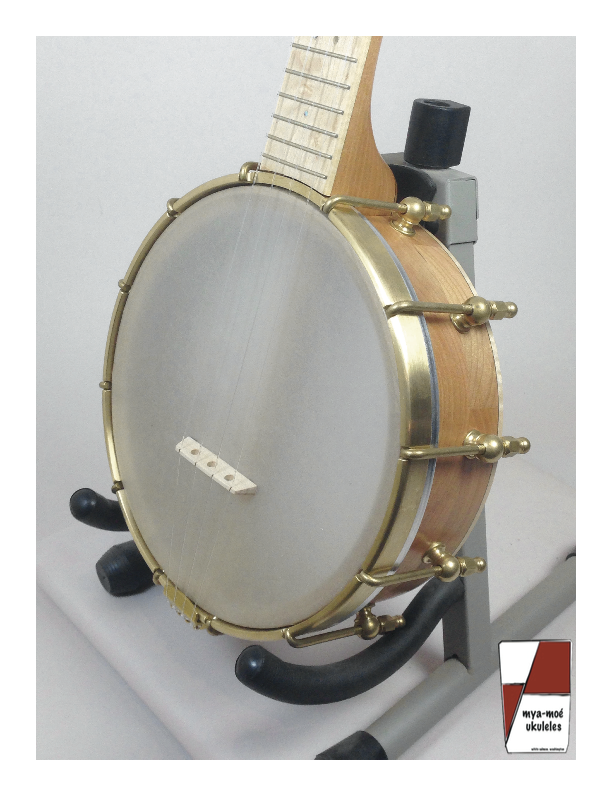
The Banjolele (brand name; sometimes banjo ukulele or banjo uke) is a four-stringed musical instrument with a small banjo-type body and a fretted ukulele neck. 'Banjolele', sometimes also spelled 'banjelele' or 'banjulele' is a generic nickname given to the instrument, which was derived from the 'banjulele-banjo' introduced by Alvin D. Keech in 1917.
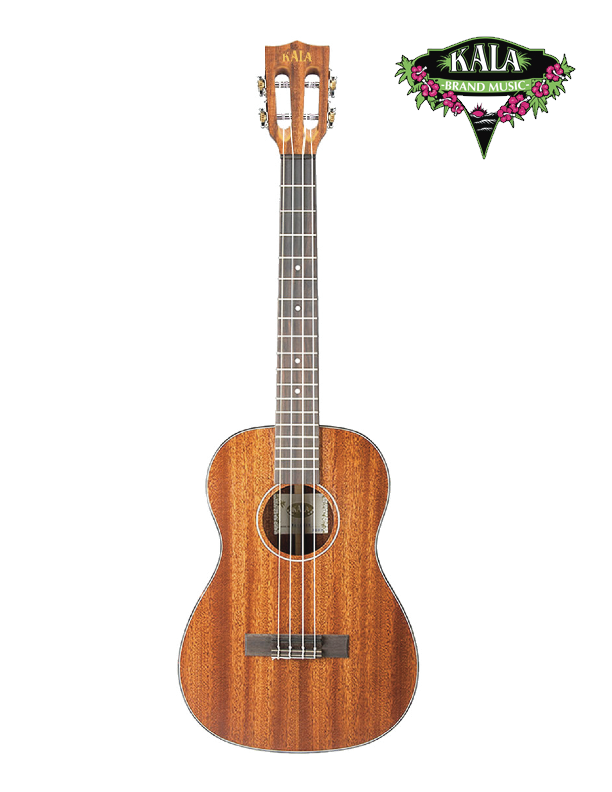
The Baritone ukulele is the largest of the standard, most common sized ukuleles. It is tuned just like the thin, higher four strings of a standard tuned guitar (D G B A). This makes it a great starting instrument for little tikes wanting to play guitar but can't handle the steel strings and larger body size of the most acoustic guitars.
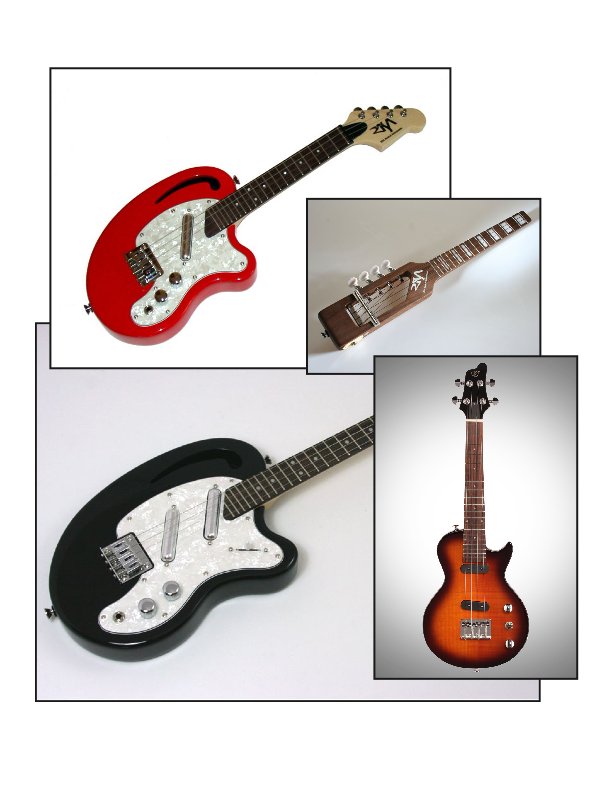
Most acoustic ukuleles can be plugged in with the addition of a internal pickup or stick-on pickup. This page focuses on purely "Electric Ukuleles". These are typically solid body instruments with pickups. Either magnetic pickups in the same vein as solid body guitar electric pickups or a piezo under the saddle pickups.
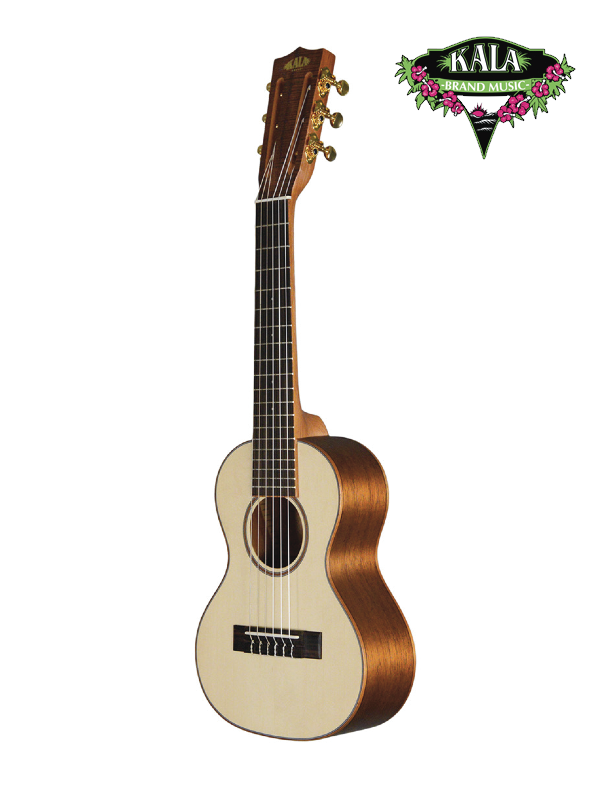
The "Guitarele, guilele" is a tenor body sized ukulele with additional stow strings, five and size. Tuned A D G C E A. This is the same tuning as the top four strings of C tuning with a low G with an added A and D.. Also the same tuning as a standard tuned guitar an a capo at the fifth fret (A D G C E A).
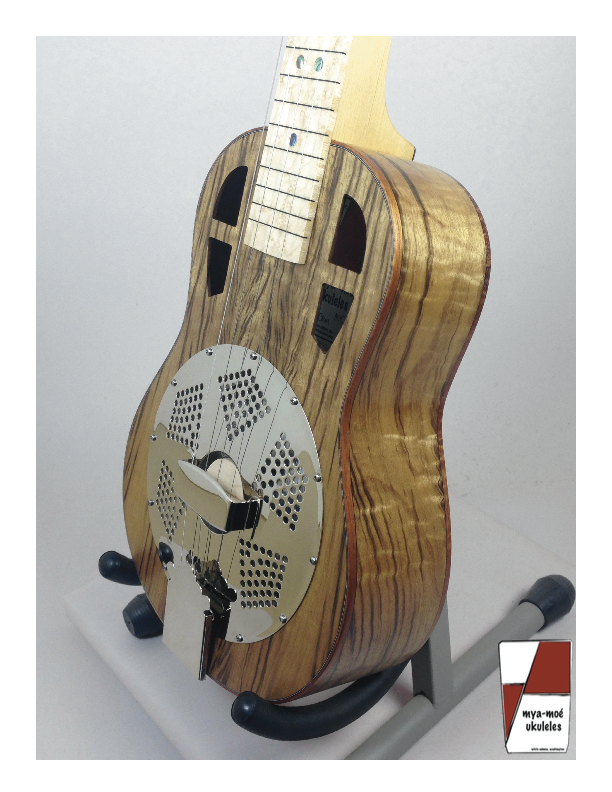
A Resonator ukulele or resophonic ukulele is a ukulele whose sound is produced by one or more spun aluminum cones (resonators) instead of the wooden soundboard (ukulele top/face). These instruments are sometimes referred to as Dobro ukuleles, however the term Dobro is currently trademarked by the Gibson Guitar Corporation.

Covering basic ukulele chords that ALL uke players MUST know, movable chord forms, rock uke chords, how to transpose chords, learning the ukulele fingerboard and an introduction to 4-part jazz chords and more... FOR LEFTIES - Tunings: C, G, or D Tunings. Low or high string four variations.
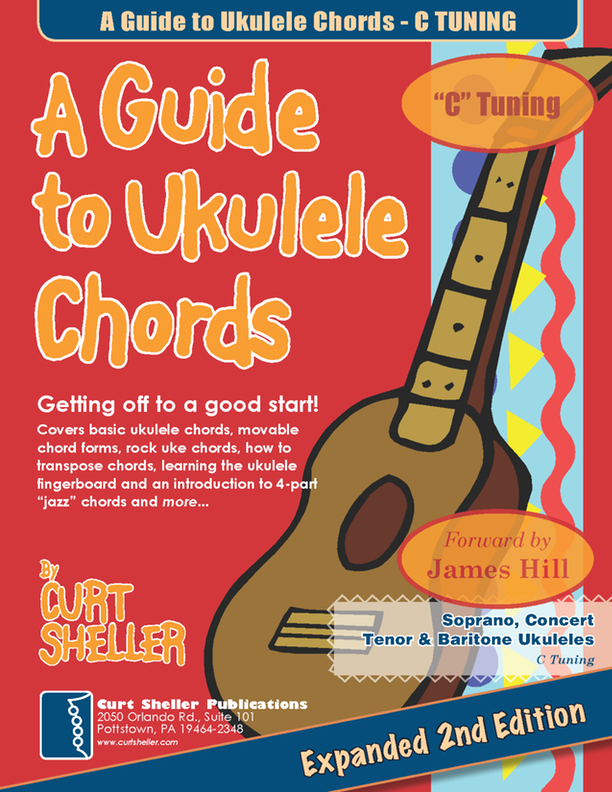
A Guide to Ukulele Chords, Second Edition is designed as a guide to ukulele chords. Covering the basic ukulele chords that ALL ukulele players SHOULD know. A Guide to Ukulele Chords covers movable chord forms, rock chords, how to transpose chords, learning the ukulele fingerboard and includes an introduction to 4-part, a.k.a jazz chords and more...


return in your investment)—it is this— learning the
f*ckingnotes of your OWN instrument. Sorry for the tough talks—but it is sooooo true!


Learn to read single note melodies in the first/open position is a lot easier than you might think. Book: Ukulele – Reading Music Series – Primer

An organized collection of daily practice and reference material for the contemporary ukulele player for developing the vocabulary and knowledge necessary for single note playing. Book: Daily Practice Material for the Contemporary Ukulele
Checkout the Books & Reference Charts for additional Handy, Dandy Reference Charts.

Ukulele Fingerboard Chart for C Tuning, Low or High G – G C E A

Ukulele Fingerboard Chart for G Tuning, Low or High A – D G B E

A handy reference chart of all 15 major and relative minor key signatures. US Letter 8.5 x 11 sized (ANSI-A) , A4



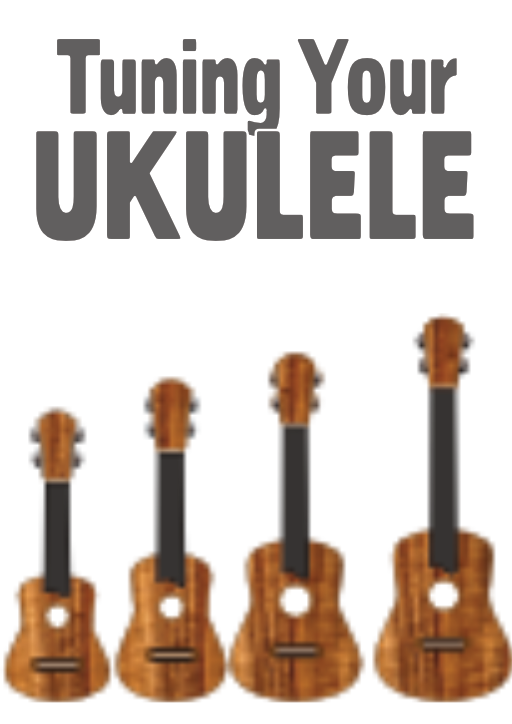
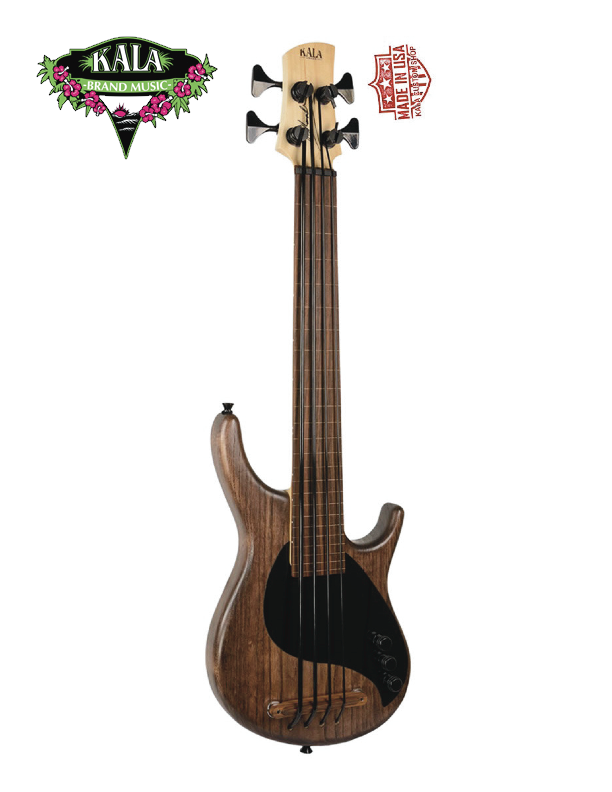
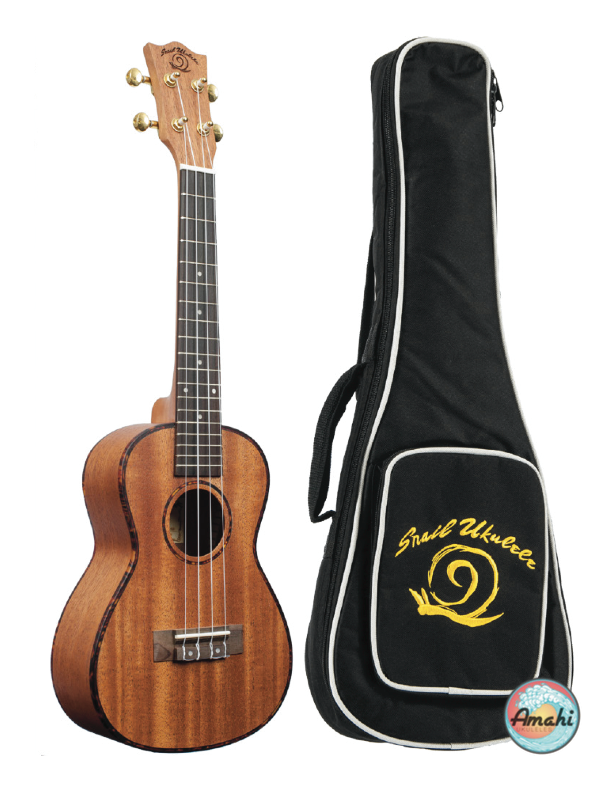

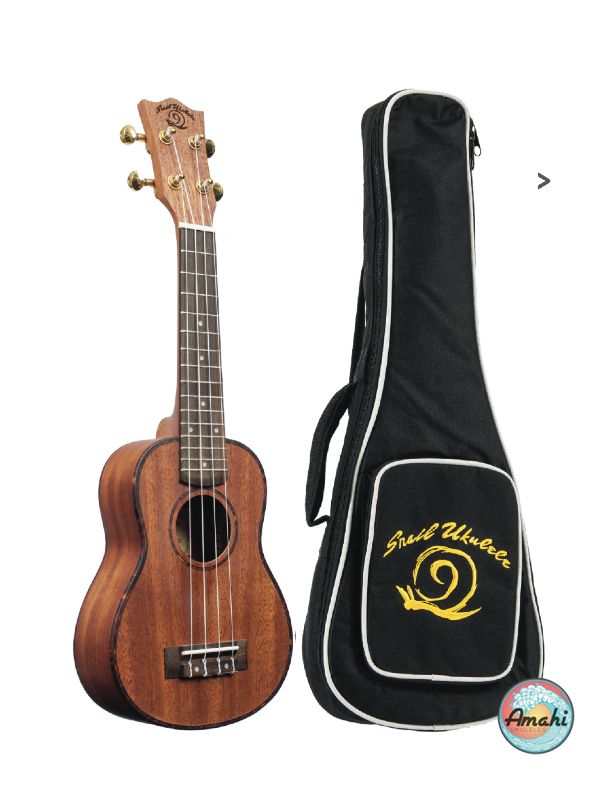
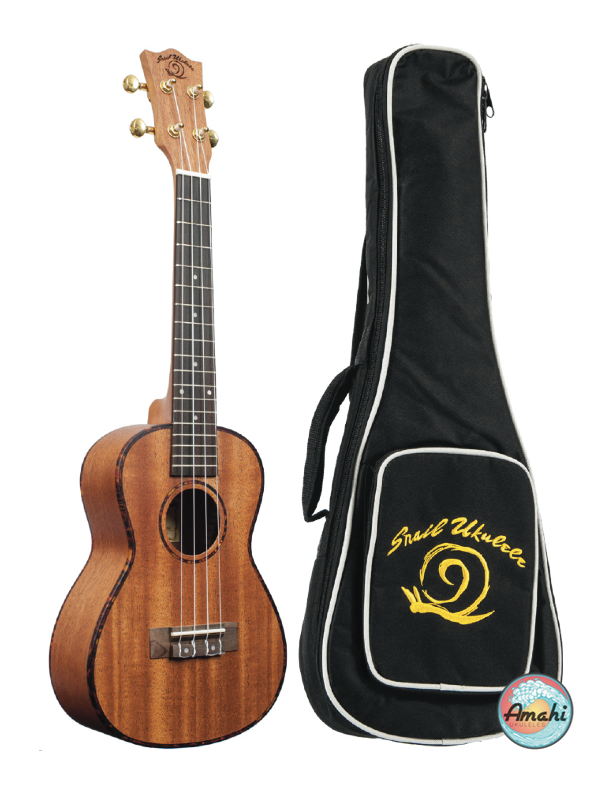
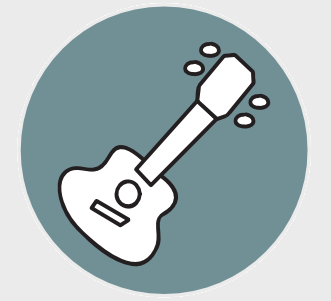


.jpg)